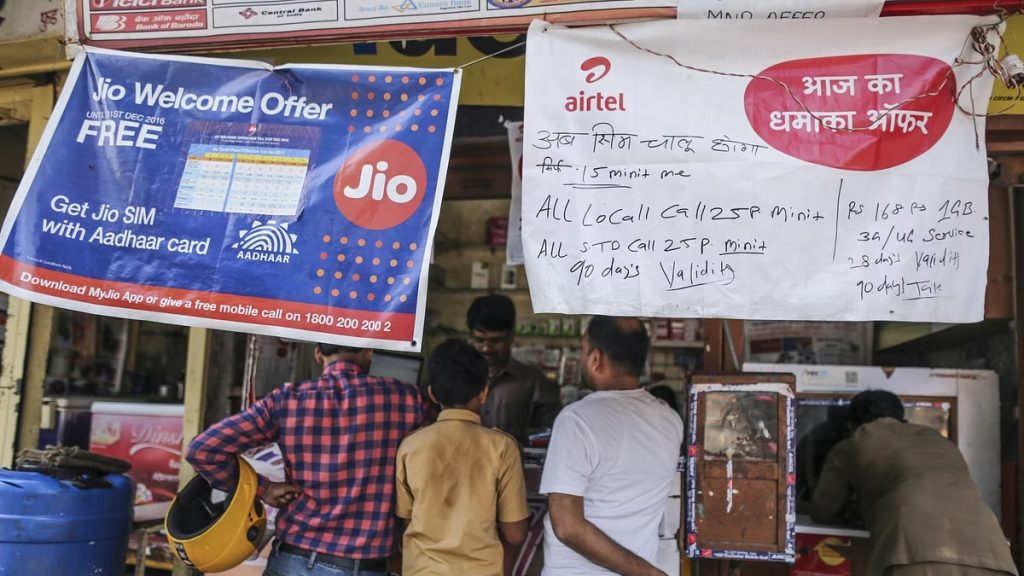
Bharti Airtel: A Journey of Challenges And Successes In The Telecom Industry
Date:

Share post:
Introduction
Bharti Airtel, or Airtel, is a multination telecommunication which was founded in India. The company was created in 1995 by Sunil Bharti Mittal, a Harvard Business School pass-out and the current CEO. It has over a billion customers and offers 2G and 3G services in all the 18 countries it operates in. It is currently the third-largest mobile channel in the world and the second-largest in the country.
History
Sunil Mittal first started an import enterprise named ‘Bharti Overseas Trading Company,’ which used to deal in generators. In 1984 in Taiwan, he saw a push-button phone which caught his eye, and he decided to do something similar and started assembling phones and founded Bharti Telecom in the early 1990s. Later, began manufacturing telecom gear, cordless phones, and fax machines until they learned the Indian government was inviting bids for mobile telephones in 1992. He successfully bid in the auction for one of the four licensed phone networks.
He started working in collaboration with Vivendi, a French telecom company that agreed to help and do business with him. As a result, he launched Airtel’s first cellular service in the capital Delhi in 1995.

Growth
It expanded to Himachal Pradesh in the next year and then slowly all over the nation. It was in 2005 that the company launched its first international connection in Sri Lanka. It then launched in Africa, seeing it was often overlooked and had a huge growth market. It is now the second-largest telecom operator in Africa.
It became the first telecom company in India to reach the two million subscribers mark. In 2008 it reached the 60 million customer mark making it one of the top telecom companies in the world. It reached the 100 million mark in 2010 and has over a billion customers.
Challenges
Things haven’t been all sunshine for the company, though. While leading the industry and having a substantial market share, it was hit by an unexpected crisis in 2016. Reliance Jio launched its 4G services and started offering free 4 GB of data daily for months, making it irresistible for customers to switch to their company. The impact was so significant that within six months of its launch, India became the top mobile data user in the world. India, which used to once consume 200 million GB of data per month, rose to 1 billion GB of data consumption per month. Internet was once expensive for a commoner and was made as cheap and available as tea and snacks. Prominent industry leaders in the Telecom industry were destroyed, and Jio gained a monopoly.
To add salt to the burn, Bharti Airtel and Vodafone, another telecom company, were fined INR 3,050 crores by the government of India for denying Reliance Jio points of interconnection which impacted their call quality and resulting in 75 per cent call failure. These cases divided the telecom industry into two parts, and Airtel started receiving a bad name in the Indian market for unfair practices.

Strategies for Success
In 2021, Airtel successfully added 300% more users than Jio and has become an industry leader. So what changed, and how did it manage to claim back its success?
The answer is the Product service ecosystem. Airtel is one of the first telecom companies to insist on creating a digital ecosystem. The company aimed to make users slowly shift to the Airtel products ecosystem. After a user gets an Airtel mobile subscription, the company will offer other services, such as broadband and DTH. They are copying a business model similar to Apple.
During the Pandemic, they focused intensely on broadband and gained 70 lakh new customers compared to Jio, which only earned 17 lakhs.
The company started offering services like Wynk music and other premium OTT services with its telecom and DTH products at low prices. This is called the loss leader strategy, where the company suffers an initial loss for attracting new customers. The company is now trying to become India’s first 5G service provider.
